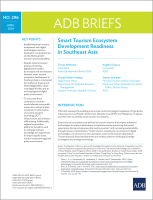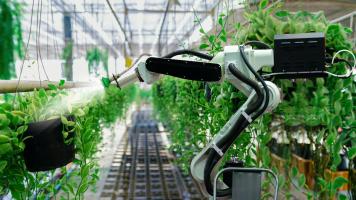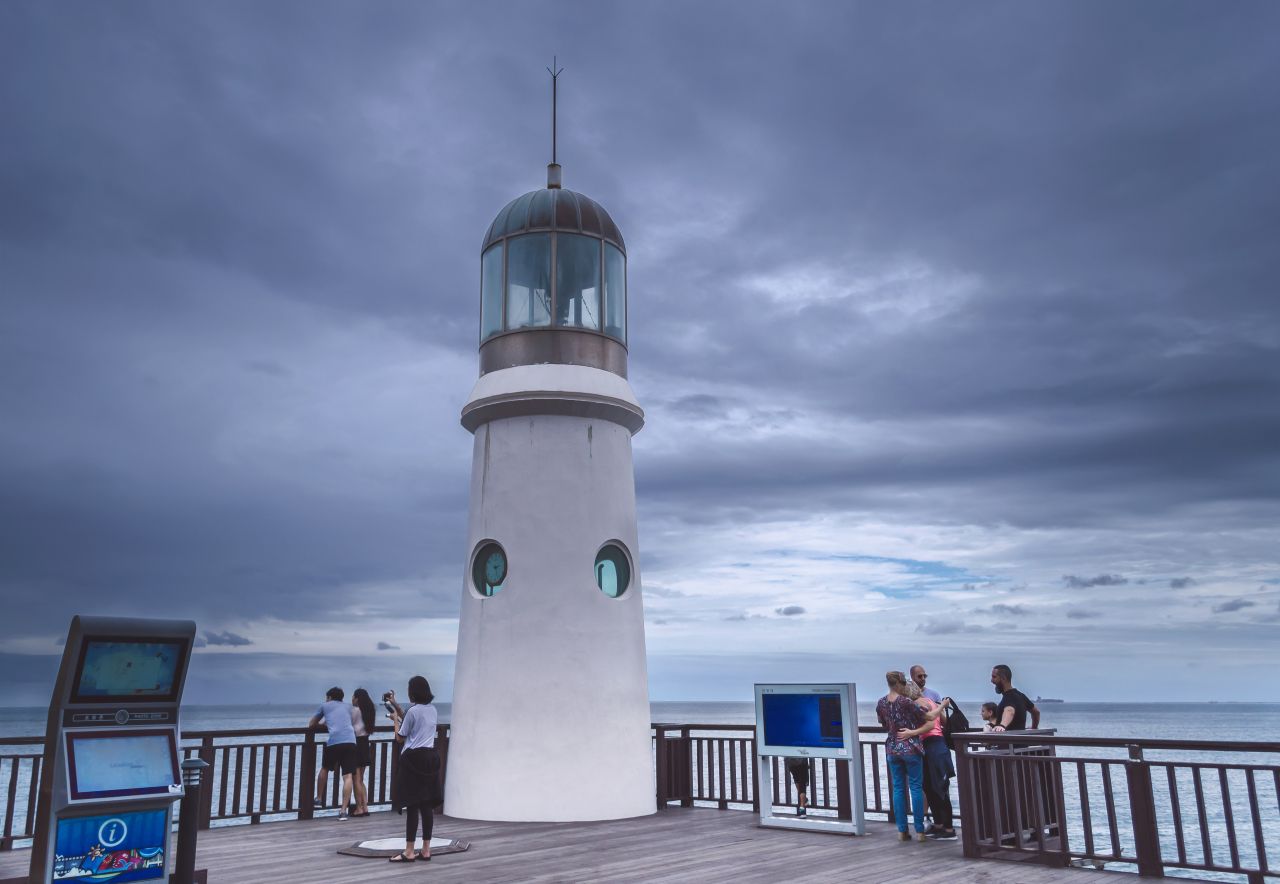
Busan is one of the pilot smart cities in the Republic of Korea that is integrating smart tourism services in urban planning. Photo credit: iStock/Anney Lier.
Mid-career officials from BIMP-EAGA, IMT-GT, and GMS gathered in Busan in the Republic of Korea to share knowledge and collaborate on smart tourism ecosystems.
Technology holds the key to unlocking opportunities from developing sustainable and resilient destinations.
Twenty-one mid-career officials from countries participating in the Brunei Darussalam– Indonesia–Malaysia–Philippines East ASEAN Growth Area (BIMP-EAGA), Indonesia– Malaysia–Thailand Growth Triangle (IMT-GT), and Greater Mekong Subregion (GMS) gathered in Busan in the Republic of Korea recently to share knowledge and collaborate on smart tourism ecosystems.
The Asian Development Bank (ADB) organized the 4-day executive learning program on 30 September to 3 October 2025 in collaboration with Dong-A University and with support from the Ministry of Economy and Finance of the Republic of Korea through the e-Asia and Knowledge Partnership Fund.
“This program is about strengthening our collective capacity to design smart tourism ecosystems that serve people, businesses, and destinations alike,” said ADB Urban Development Specialist Elizabeth Jung in her opening remarks. “As the ASEAN Strategic Tourism Plan and the GMS Tourism Strategy 2030 emphasize, digital transformation is no longer optional—it is essential for building resilience, sustainability, and competitiveness in the face of evolving global trends.”
‘Seamless and memorable’
Technology is increasingly being used to create, manage, and provide tourism services and experiences. It is also deployed to enhance evidence-based decision-making, enabling the responsible management of tourism and its impacts.
In their 2020 Declaration on Digital Tourism, ASEAN leaders recognized digital technology as “the new driving force for global economic growth and that it can transform the tourism sector by making travelers’ journeys more seamless and memorable.”
“The strategic tourism priorities and plans of ASEAN and the BIMP-EAGA, IMT-GT, and GMS subregions seek to foster a more interconnected and competitive regional tourism landscape by harnessing the power of technology, data, and digitalization. Their goals include modernizing the tourism sector, boosting regional competitiveness, and advancing sustainable and inclusive growth,” said Regional Cooperation Specialist Pamela Asis-Layugan at ADB's Southeast Asia Department.
ASEAN has made the development of smart tourism ecosystems a strategic priority. A smart tourism ecosystem includes digital technologies used by tourism businesses, related sectors (e.g., transportation), and government agencies as well as digital apps used by tourists and local consumers. Smart tourism technologies include reservations, ticketing, and payment systems; sensors for crowd and traffic congestion management; location-based digital destination guides, maps, websites, and guiding applications; virtual and augmented reality; and data platforms.
Developing smart destinations, however, requires significant resources in closing gaps in digital infrastructure and digital skills. An ADB report says countries in Southeast Asia face three major challenges: lack of financial and human resources, digital divide between countries and between urban and rural areas, and regulatory challenges (i.e., data privacy and security).
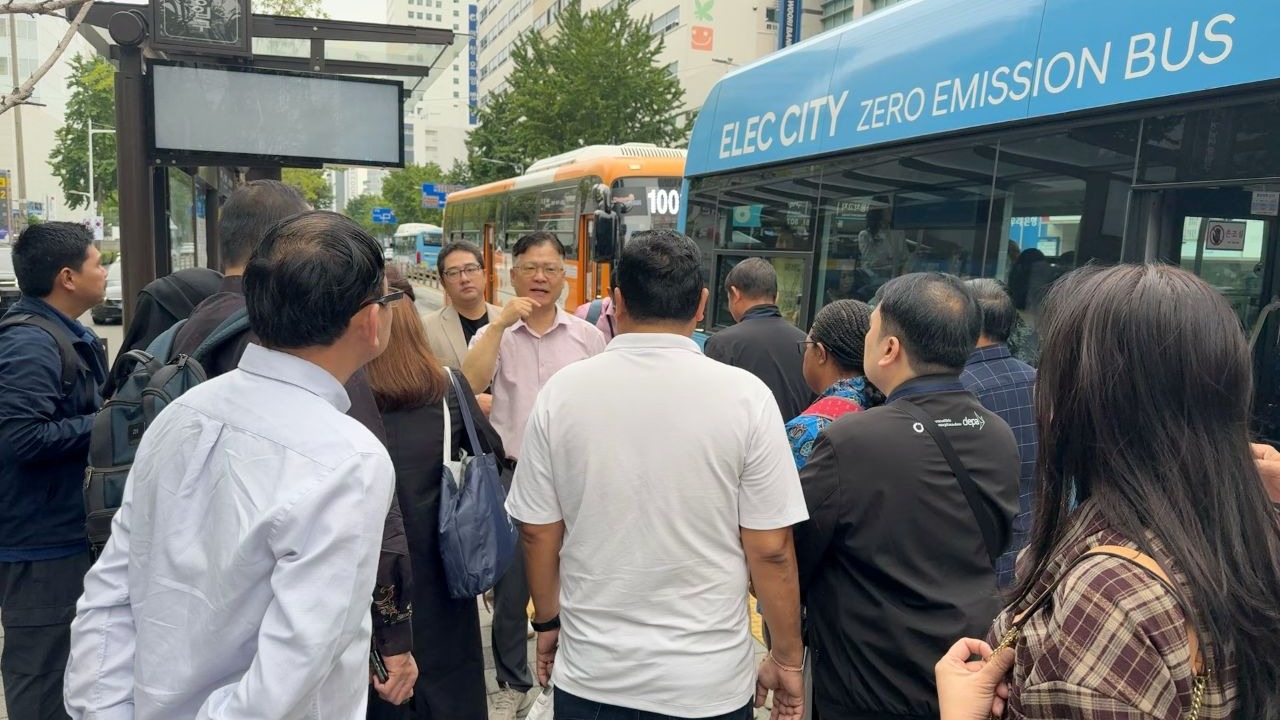
Examples of smart tourism
Busan is one of the pilot smart cities in the Republic of Korea that is integrating smart tourism services in urban planning.
From information-based tourism services in 2007, such as digital tourism content and self-service kiosks, the city has advanced to highly customized on-site services using cloud, big data, and artificial intelligence, said Professor Hwang Yeong-Hyeon of Dong-A University’s Department of Tourism Management. The city’s objective is to “provide a convenient and efficient travel experience through a smart tourism ecosystem that integrates tourism resources with ICT technologies.”
He cited the Visit Busan Pass that is offered to foreign visitors. Officially launched in February 2023, the tourist pass uses a mobile app to provide real-time, location-based, and multilingual services. It serves as a navigation tool and guide to attractions offers a smart menu for restaurants, and provides personalized recommendations and discounts. It includes free entry to major tourist attractions and prepaid access to public transportation.
The executive learning program also provided participants an opportunity to engage directly with the Busan Tourism Organization (BTO), the Busan Tourism Business Support Center, and Noble Digital Map, which developed smart tourism maps for 120 local governments in the country. These organizations demonstrated how digital technologies—from big data and AI to mobile platforms—are being used to enhance tourism management, marketing, and visitor experiences. The participants experienced smart tourism services firsthand through field visits.
“The key to preparing the future of the tourism industry is digital transformation. Busan Tourism Organization is proactively responding to this trend and laying the groundwork for Smart Tourism City Busan,” said Kim Yeong Rak, executive vice-president of the tourism organization, which was created by the Busan municipal government in 2013. BTO collects big data from various sources, including mobile, credit card transactions, navigation apps, and social media, as well as tourism insights from research (e.g., visitor surveys). Data analysis and insights are shared with the tourism industry in Busan.
For example, Kim said a local company has used tourism data to develop Haeundae-style wellness kits and tourism souvenirs. Haeundae district is known for its white sand beach, but it is also seeing increased visitor demand for spas and wellness facilities and medical tourism.
This is the second time that ADB has offered the program to mid-career tourism officials from Southeast Asian destinations with ongoing ADB tourism operations. Busan also hosted the first program in 2023, connecting participants with smart tourism experts and assisting them in destination-specific planning. The executive learning program is being implemented through two technical assistance projects of ADB—BIMP-EAGA, IMT-GT, and Greater Mekong Subregion (GMS) B-I-G Capacity Building Program and Southeast Asia Sustainable Tourism Facility.
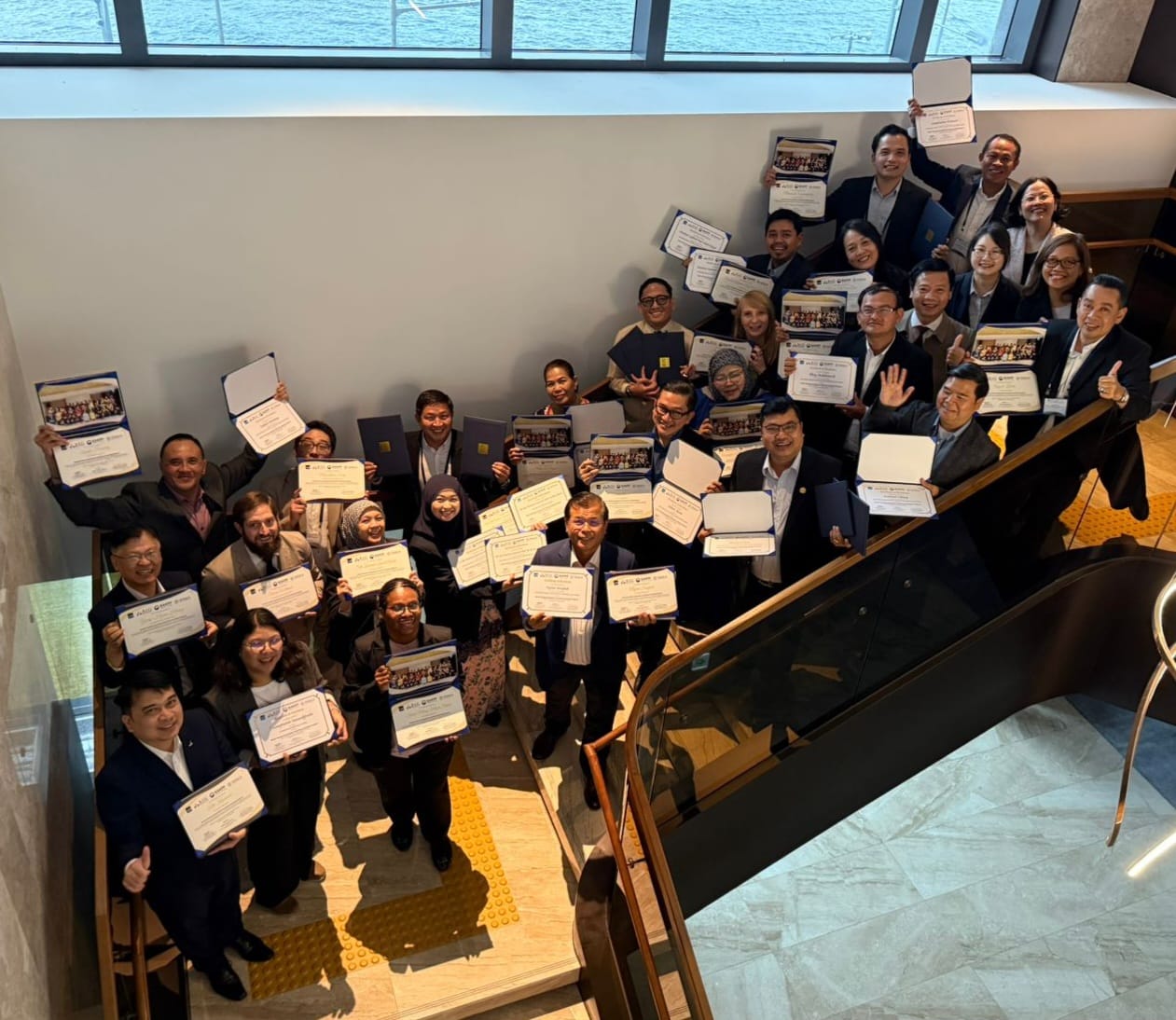

BIMP-EAGA
The Brunei Darussalam–Indonesia–Malaysia–Philippines East ASEAN Growth Area, or BIMP-EAGA, is a cooperation initiative established in 1994 to spur development in remote and less developed areas in the four participating Southeast Asian countries.
